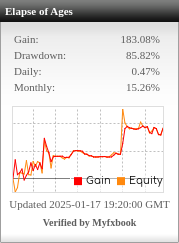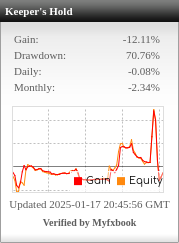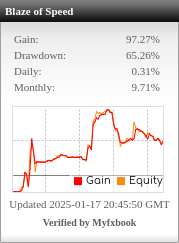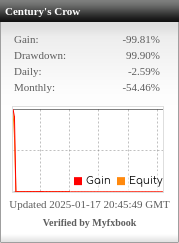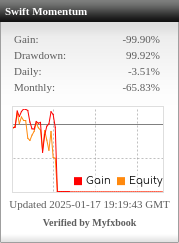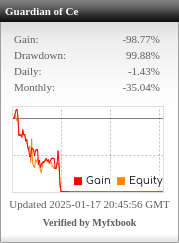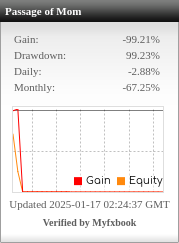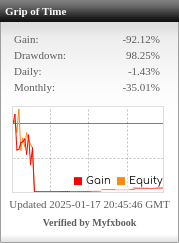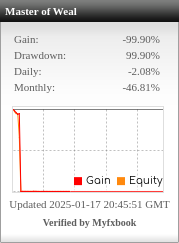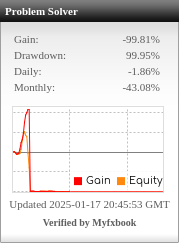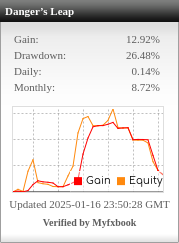Table of Contents
By merging these trading strategies with your specifications, you’ll create a highly adaptable system that should perform well across different market conditions. Would you like to test this setup with a focus on any particular method or combination first? ———— make 1 of random uniqe and exotic trading style
Here’s an exotic and unique trading strategy that merges multiple aspects of traditional techniques but with an unconventional twist:
“Harmonic Grid Momentum Breakout”
Concept: This strategy combines the principles of grid trading, harmonic patterns, and momentum breakouts. The goal is to capture both trending and ranging market conditions while managing risk dynamically. It thrives on detecting strong directional moves and harmonic reversals, using grid placement to capture both breakouts and retracements.
Key Components:
- Grid Trading Layer:
- A grid of orders is placed at regular intervals above and below the current price, with a predetermined spacing (e.g., 10 pips).
- The grid can be expanded dynamically based on market volatility using ATR.
- If price moves into a trending market, breakouts are captured, while in ranging conditions, price oscillations fill and close the grid orders profitably.
- Harmonic Pattern Recognition:
- The strategy identifies harmonic patterns (e.g., Gartley, Bat, Butterfly) using Fibonacci retracements and extensions.
- When a pattern completes, it signals a reversal or continuation of the trend.
- Entry orders are placed based on the harmonic reversal points, with grids enhancing profit capture from both retracement and continuation.
- Momentum Confirmation (RSI + MACD):
- RSI is used to confirm momentum. If RSI > 70, look for shorting opportunities; if RSI < 30, look for buying opportunities.
- MACD crossover signals trend strength and confirms breakout conditions. If the MACD lines cross and the grid captures the breakout, positions are allowed to ride the momentum.
- Dynamic Risk Management:
- Trailing Stop: Adjusts dynamically based on ATR, ensuring profits are locked in while allowing the trade to run.
- Break-even Stop: Once price moves halfway to the profit target, the stop loss moves to break even, ensuring no loss on that trade.
- Weekly Market Reset:
- All open trades are closed by the end of the trading week, ensuring no positions are held over the weekend to avoid gaps.
- The grid resets at the beginning of the new week with fresh levels based on the week’s opening volatility.
Trading Conditions:
- Timeframes: H1 for main signal entries, H4 for confirming harmonic patterns and momentum direction.
- Market: Gold (XAU/USD).
- Lot Sizing: 0.01 lot per $100 of the account balance, with risk managed by risk percentage of total capital (as per your initial design).
- Risk/Reward Ratio: Aimed at 1:3 or higher.
How It Works:
- Setup Phase: The grid is initialized with buy and sell orders at regular intervals.
- Harmonic Detection: As the market moves, harmonic patterns are identified, and additional grid orders are aligned to these patterns, looking for precise reversals.
- Momentum Confirmation: If the market shows momentum through RSI and MACD crossovers, additional positions are opened based on the breakout strength.
- Profit Capture: As price fluctuates within the grid, orders are closed for profits. If momentum is strong, the trailing stop secures profits as the price trends.
Exotic Edge:
- Multi-Layer Strategy: This strategy captures both ranging and trending conditions. The harmonic patterns add precision, while the grid ensures profits from oscillations, and momentum ensures strong breakouts are capitalized on.
- Versatile Profit Capture: Whether the market moves wildly or remains calm, this strategy can adapt, always seeking opportunities across multiple layers.


